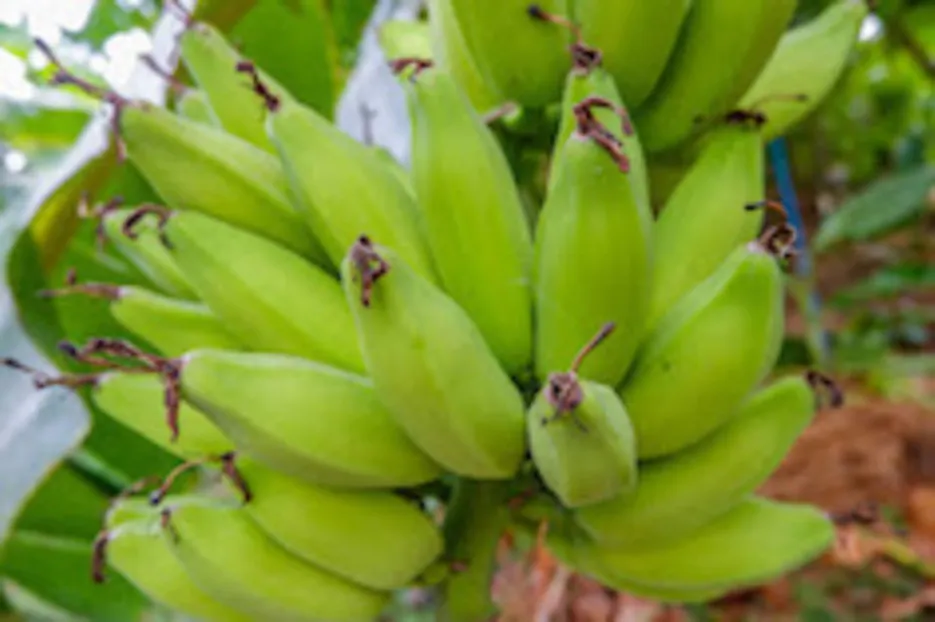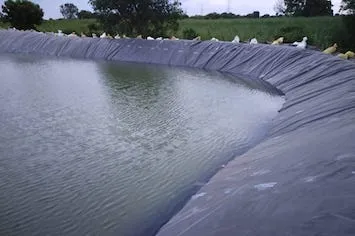 Back
Back

Due to the low price, high nutritive value, and all-season availability, the Banana is among the most consumed fruits of the world and a highly profitable crop. India ranks first in Banana production. It can be grown throughout the year but the vegetative growth of bananas should receive good rainfall. Adoption of some good cultivation practices can boost the yield highly. Planting is done in pits. In summer planting, pits should be dug one month earlier and left open for solar radiation to kill the residual pupa or larva of harmful insects. Grow green manuring crops like Dhaincha or Cowpea 8–10 weeks before planting and turn them green into the field, also grow Sunhemp after 45 days of banana planting and incorporate them into the soil after a month. Plowing should be done thoroughly before 2 weeks of planting. Use Neem cake and Pseudomonas fluorescence along with FYM and topsoil to fill the pits at the time of planting. The use of tissue culture plantlets provides a disease-free and uniform crop stand. If tissue culture plantlets are not available take Sword suckers from disease and pest-free plants. Banana is a heavy feeder and a heavy drinker crop. A single banana plant requires about 300g of Nitrogen, 150g of Phosphorus, and 300g of potassium in split doses.

_19523_1677490072.webp)
For irrigating the plants drip irrigation is best. Pits have to be irrigated immediately at the time of planting, after 4 days, then every week. No weeds can be allowed in the field, use cover crops and do at least 4 spendings a year. Intercrops like coffee, cowpea, brinjal, colocasia, turmeric, okra, radish, ginger, onion, garlic, etc. can be grown which provides extra income and security to the farmer. Simply mulching with wheat straw, sugarcane trash, or dry grass also suppress weed growth and retains moisture in the field. Marigold can be grown as a trap crop in the case of fields having the problem of nematodes. Go for biocontrol agents like Beauveria bassiana for Aphids, apply 30 g of Trichoderma viridae or Pseudomonas fluorescence with organic manure in the second month of planting for Panama wilt. Remove the yellow-brown diseased or dead leaves as observed. Cut off the suckers or the baby plants growing with the main plant leaving just one for the ratoon crop. Cut off the male flower as soon as bananas begin sprouting. Ensure proper drainage to avoid diseases like Sigatoka leaf spot. Water stagnation is harmful to the banana crop. Cut off the unfit, poor quality false hands. After the emergence of heavy bunches, provide support to the pseudostem with Bamboo or ropes. After 3 – 4 months of planting, raise the soil level around the base of the plant by 10 – 12 inches. Cover the bunches with a plastic sheet to avoid sunlight damage, leaving both ends open for aeration. Dwarf banana varieties mature in 11- 14 months and tall varieties in 14- 18 months. Harvest at physiological maturity. Ripen by putting the harvested bunches in an airtight preheated room for 48-72 hours.








